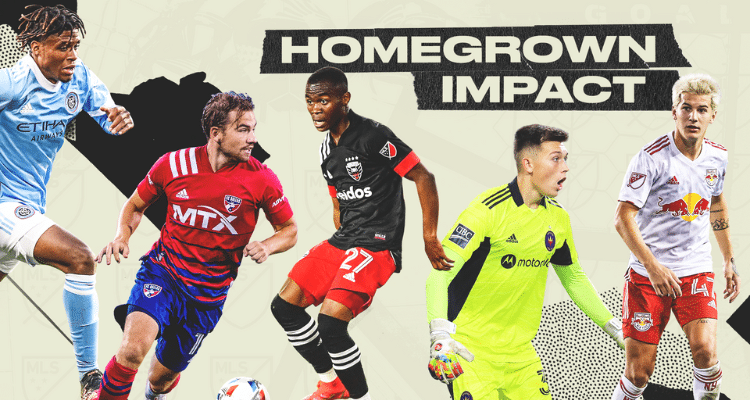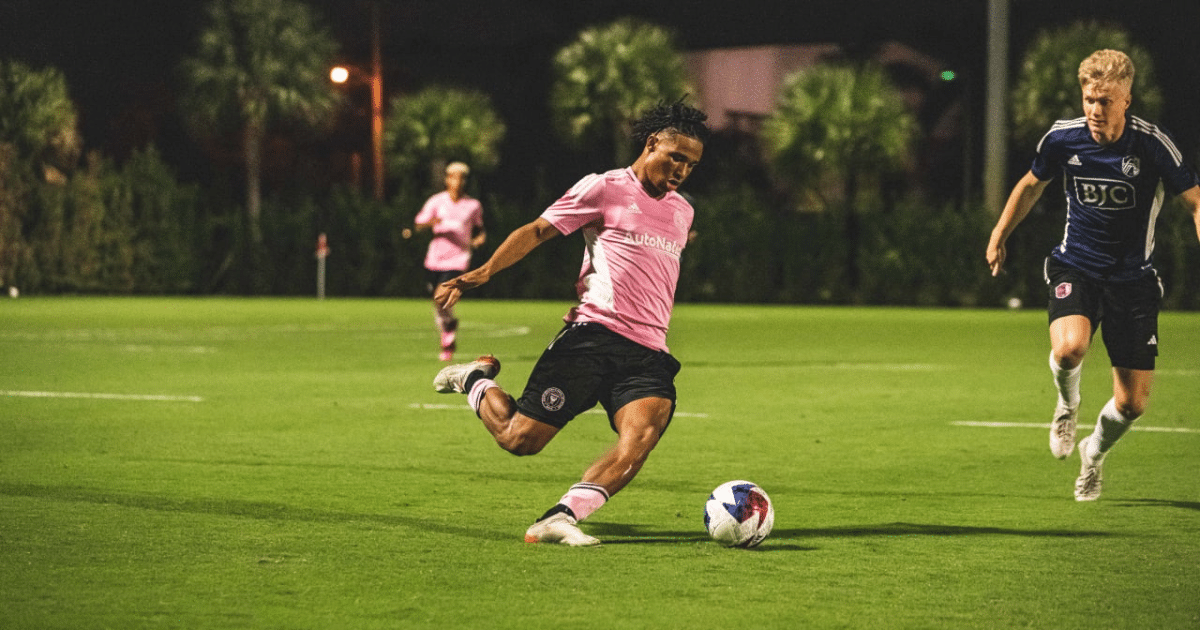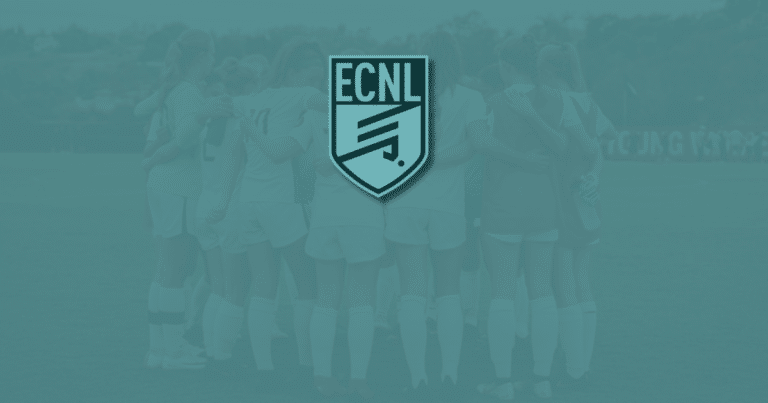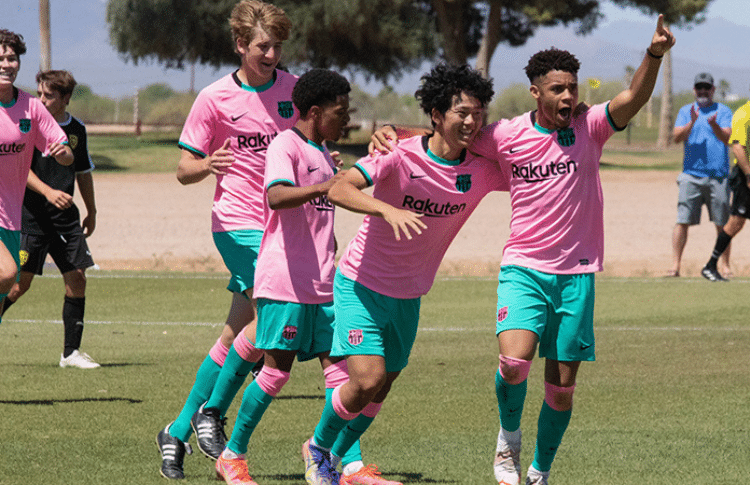Homegrown Players in MLS: Untangling It All
The Major League Soccer (MLS) has a unique rule that allows teams to sign players who have come through their academy systems without having to go through the league’s draft process.
These players are known as homegrown players, and they are an essential part of the league’s development strategy.
Takeaways From the Article:
- The Homegrown Player Rule was introduced in 2008 to help incentivize MLS teams to retain and develop young talent.
- There are several criteria to be eligible for a homegrown contract but the most important is that the player must have been a part of the club’s youth development system for at least one year.
- The Homegrown Player Rule comes with some controversies including issues of territorial rights, pressure on young athletes, and fairness.
The homegrown player rule was first introduced in 2008, and since then, it has helped to produce some of the league’s most talented players in the game.

Although it creates a sense of local community, it also comes with challenges including teams with more resources being able to develop more players quickly.
In this article, I’ll dig into some of the ins and outs of homegrown players in the MLS. Writing this article was eye-opening!
Homegrown Player in MLS
The Homegrown Player Rule is a program developed by MLS to allow teams to sign players from their development academies directly to their first-team rosters.
For example, a player plays for the U15 New England Revolution academy team and finds success so he signs a pro contract with the Revs.
This rule was introduced in 2008 to help teams retain and develop local talent, as well as to encourage young players to pursue soccer as a career in the United States.
To be considered a Homegrown Player, a player must meet certain criteria.
- They must have been trained by the MLS team’s youth academy for at least one year before signing a professional contract
- They must have either lived in the team’s home territory or played for a youth club affiliated with the team for at least one year.

The Homegrown Player Rule allows MLS teams to sign up to five Homegrown Players per season without those players counting against the team’s salary budget.
This provides teams with a significant advantage in retaining and developing local talent, as well as in building a strong team culture.
The rule has been successful in producing talented players who have gone on to represent the United States at the international level.
Some notable Homegrown Players include Sean Davis (New York Red Bulls), Weston McKennie (FC Dallas), and Alphonso Davies (Vancouver Whitecaps).
These players have not only helped their respective teams on the field but have also become role models for young soccer players across the country.
History of Homegrown Players in MLS
Early Years

The first Homegrown Player to sign a contract with MLS was Tristan Bowen, who signed with the LA Galaxy in November 2008. Since then, the number of Homegrown Players has steadily increased.
Recent Developments
In recent years, the number of Homegrown Players has increased dramatically. In 2022, a total of 60 Homegrown Players were signed to MLS rosters.
This increase can be attributed to the success of the rule, as well as the growth of youth academies across the league.
The success of Homegrown Players has also been demonstrated on the international stage. In 2014, DeAndre Yedlin became the first Homegrown Player to compete in a World Cup.
Since then, several other Homegrown Players have gone on to represent their countries at the senior level.
I think with MLS NEXT, more MLS academies are investing their resources in the younger generations. For the 2023/2024 season, many MLS academy teams start at U13 whereas it was U14 prior.
What are the MLS Homegrown Criterias?
To become a homegrown player in Major League Soccer (MLS), a player must meet certain criteria set by the league.
These criteria are designed to ensure that only players who have a genuine connection to their club and have been developed through the club’s youth system are eligible for this designation.
The primary criteria for becoming a homegrown player is that the player must have been a part of the club’s youth development system for at least one year.
This means that the player must have trained with the club’s academy or youth teams for a minimum of 12 months before they can be considered a homegrown player.

Additionally, the player must have met other unspecified league requirements. These requirements are likely related to the player’s age, nationality, and other factors that the league considers when determining whether a player is eligible for homegrown status.
It is important to note that a player does not have to be born in the city or state where their club is located to be considered a homegrown player.
Instead, the player must have resided in the club’s home territory while participating in the club’s youth development system.
Some MLS academies have residency programs where players can board and play for that particular academy.
Notable Homegrown Players in MLS
Here are some of the most notable and impactful Homegrown Players in MLS:

- Diego Fagundez – New England Revolution: Fagundez joined the Revolution as a 15-year-old in 2011, becoming the youngest Homegrown Player in MLS history. He has since gone on to make over 250 appearances for the club, scoring 53 goals and providing 45 assists. Fagundez’s impressive performances have earned him interest from European clubs, but he remains a key player for the Revolution.
- Alphonso Davies – Vancouver Whitecaps/FC Bayern Munich: Davies joined the Whitecaps residency program in 2015 and made his MLS debut in 2016 at the age of 15. He quickly established himself as one of the most exciting prospects in the league, earning a move to German giants Bayern Munich in 2018. Since then, Davies has won multiple domestic and European titles with Bayern, as well as being named the 2020 Canadian Player of the Year.
- Tyler Adams – New York Red Bulls/RB Leipzig: Adams joined the Red Bulls academy in 2011 and made his MLS debut in 2016 at the age of 17. He quickly became a regular starter for the club, earning a move to German side RB Leipzig in 2019. Adams has since become a key player for both club and country, helping Leipzig to reach the semi-finals of the UEFA Champions League in 2020.
- Jordan Morris – Seattle Sounders/Swansea City: Morris joined the Sounders academy in 2012 and made his MLS debut in 2016 at the age of 21. He quickly established himself as one of the best young players in the league, earning a move to English side Swansea City in 2021. Morris has also become a regular for the US national team, scoring important goals in both the 2017 and 2021 CONCACAF Gold Cup finals.
- Gianluca Busio – Sporting Kansas City/Venezia FC: Busio joined the Sporting Kansas City academy in 2016 and made his MLS debut in 2018 at the age of 16. He has since become one of the most promising young players in the league, earning a move to Italian side Venezia FC in 2021. Busio has also been a regular for the US youth national teams, scoring important goals in both the 2019 and 2021 CONCACAF U-20 Championships.
These Homegrown Players have not only made a name for themselves in MLS but also on the international stage.
Their success has shown that the Homegrown Player rule can be a valuable tool for clubs to develop and retain local talent.
Challenges and Controversies
One of the main challenges of the Homegrown Player Rule is the issue of territorial rights.
MLS clubs have exclusive territorial rights to sign Homegrown Players from their respective regions. This has led to some players being unable to sign with their preferred club due to being outside of their territory.
However, the league has recently announced that it will be loosening its territorial restrictions, allowing more players to sign with the club of their choice.
Another challenge is the pressure placed on young players.
The Homegrown Player Rule allows players to join MLS clubs at a younger age, which can be both a blessing and a curse.
While it provides opportunities for young players to showcase their talents on a professional stage, it can also lead to burnout and stunted development if they are not given enough time to adjust to the professional game.
Controversies have also arisen around the Homegrown Player Rule. Some critics argue that it gives an unfair advantage to wealthy clubs with well-funded youth academies, while smaller market clubs struggle to compete.
Others believe that the rule has led to a lack of diversity in the league, as clubs are more likely to sign players from their own regions.
Despite these challenges and controversies, I think the system has elevated the play in youth soccer. The most talented players across the U.S. now have a real shot at signing a pro contract at a younger age.
Frequently Asked Questions
What is the Homegrown Player rule in MLS?
How many Homegrown players can an MLS team sign?
How does a player qualify as a Homegrown Player in MLS?
Can a team sign a player who is not from their Homegrown territory?
What impact does the Homegrown Player rule have on the MLS salary cap?

Written By: SoccerNovo
SoccerNovo is an independent youth soccer media brand built to help parents, players, and coaches better understand the game and the pathways available in U.S. soccer. Our mission is to make youth soccer simpler, clearer, and more accessible for everyone involved in it.
Let’s connect






